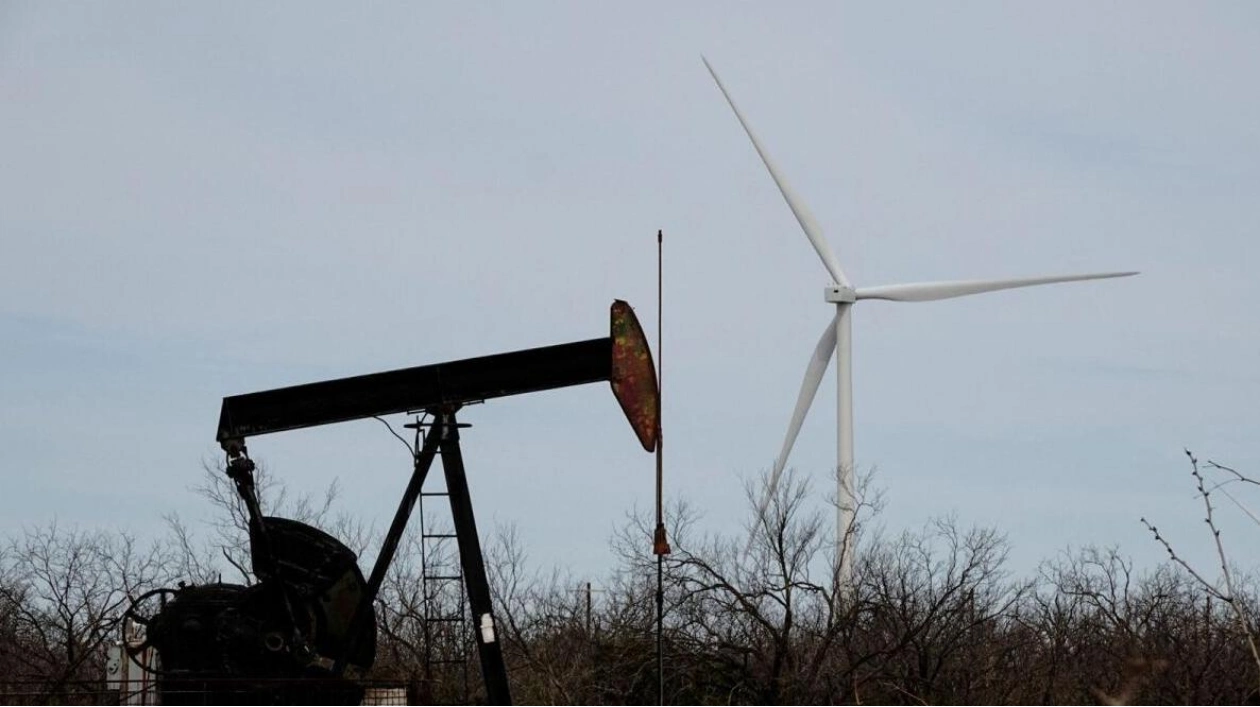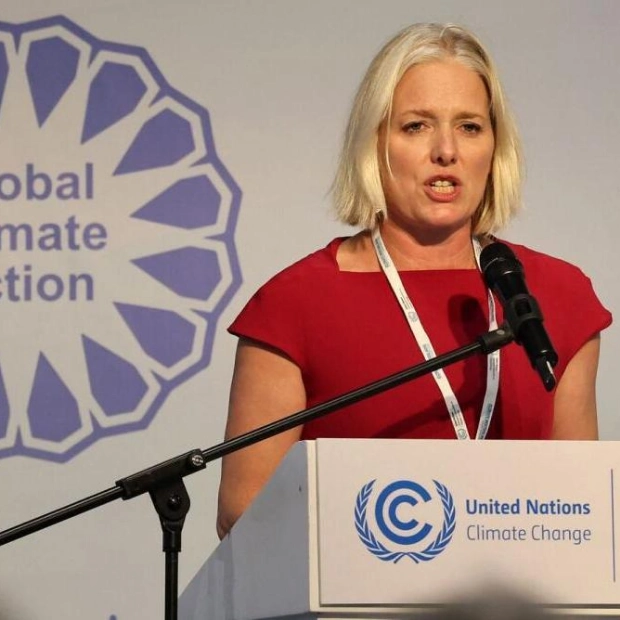The International Energy Agency (IEA) announced on Wednesday that global oil demand is expected to peak by 2029 and start declining in 2030, while the US and other non-OPEC nations increase their supply, leading to a significant surplus in the coming decade. The IEA, which provides advice to industrialized nations, has advanced the peak oil demand date from its previous prediction in October of a peak by 2030. This perspective differs from that of the Organization of the Petroleum Exporting Countries (OPEC), which anticipates demand to continue growing beyond 2029, partly due to a slower transition to cleaner fuels and has not forecasted a peak. The IEA's annual report indicates that oil demand will level off at 105.6 million barrels per day (bpd) by 2029, then slightly decrease in 2030 due to the rise in electric car usage, improved efficiency, and a shift away from oil in power generation. The agency also predicts that supply capacity will reach nearly 114 million bpd by 2030, 8 million bpd above projected demand, with non-OPEC+ producers, led by the US, accounting for three-quarters of the capacity increase. IEA Executive Director Fatih Birol noted that the report's projections, based on the latest data, indicate a major supply surplus emerging this decade, suggesting oil companies should align their business strategies with these changes. Demand growth will primarily be driven by emerging economies in Asia, notably road transportation in India and jet fuel and petrochemicals in China. The anticipated supply glut could have significant implications for OPEC nations, which rely heavily on oil for government revenue, as well as for the US shale industry. In a separate report, the IEA reduced its 2024 oil demand growth forecast by 100,000 bpd to 960,000 bpd, attributing the decrease to weak consumption in developed countries. It expects a modest economic recovery and increased adoption of green energy to result in 1 million bpd growth next year. These projections are significantly lower than OPEC's, which maintains its 2024 demand growth outlook at 2.25 million bpd and 1.85 million bpd for 2025. The gap between the IEA and OPEC on 2024 growth projections is now larger than earlier this year, highlighting a notable divergence in demand projections. Birol, addressing reporters in a webinar following the report's release, acknowledged the significant difference with OPEC's demand projections as noteworthy and emphasized the IEA's commitment to providing accurate data for decision-makers and the public.

Text: Lara Palmer
12.06.2024
IEA Forecasts Oil Demand Surplus as Non-OPEC Supply Increases, Contrasting with OPEC's Outlook





